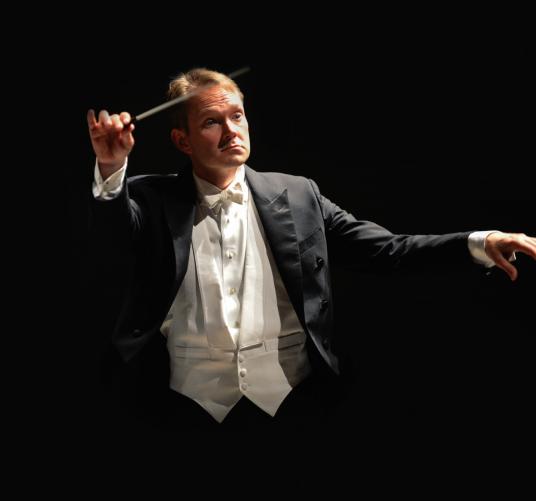Live musical performance is almost always a collaborative act.
Between a performer and their audience, there is an innate “interactive” experience to the music making. Opera has been called the “highest” form of art, simply because it involves brilliant stagecraft production, great performances by the actors on the stage, and an orchestra performing roughly two hours of music. At its best, Opera is a combination of a Shakespearean quality play AND a grand Beethovenian symphony at the same time.
The pivot to online instruction has proven a challenge for educators across the spectrum of ages and disciplines throughout our country. Although I am probably biased, I think those of us in the music education field have been particularly challenged, especially in the applied instruction area. Musical performance in the western classical canon is commonly a physical act. Musicians (singers and instrumentalists alike) receive instruction in not just how the music should sound, but how our bodies (our instruments) should move to produce those sounds. Online learning, with its limited sight lines and limited audio capabilities is, at best, a shadow of our typical in-person teaching.
But there is a certain magic as these disparate pieces have slowly come together to form a strange new whole.
Already deep in preparations for our production of “Elixir of Love” as the switch to online learning began, our faculty here at UCSC bravely entertained the idea of a “virtual” opera, assembled from separate recordings and videos from more than sixty households across California and beyond. It has proven to be every bit as massive and complex a project as we suspected.
But there is a certain magic as these disparate pieces have slowly come together to form a strange new whole. As all these performances from our students were combined into a single experience, the magic of this Opera has revealed itself in a unique way.
The entire music industry, classical and beyond, has been forced to think anew about what makes a performance and who and where our potential audiences may be.
We’re proud to share this with you as an idea, an experiment that ultimately held major learning opportunities for all of us, students and faculty alike. The entire music industry, classical and beyond, has been forced to think anew about what makes a performance and who and where our potential audiences may be. I am deeply excited about these possibilities and proud that our Music Department, Arts Division, and University are part of these innovations.
I cannot wait to return to in person rehearsals and performances. But I look forward to what we can take away from this year of learning and experimentation.
Special thanks go to all the faculty and students who were up for this idea, especially our director, Sheila Willey for her brave vision and tireless work on this project. I have endless admiration for the singers and orchestra members who recorded their parts with only a shadow of a sense of how they would eventually fit in with the mighty whole that we call Opera. It has been a thrilling challenge to help assemble the musical parts of this production, which would have been impossible without all of their hard work and hours of recording the more than 2000 audio files that make up what you’re about to hear.


